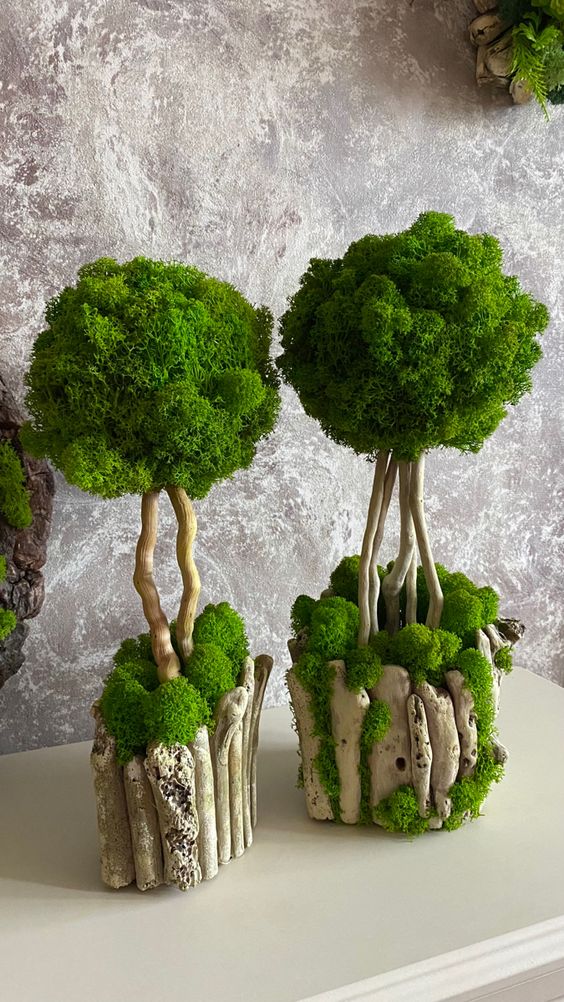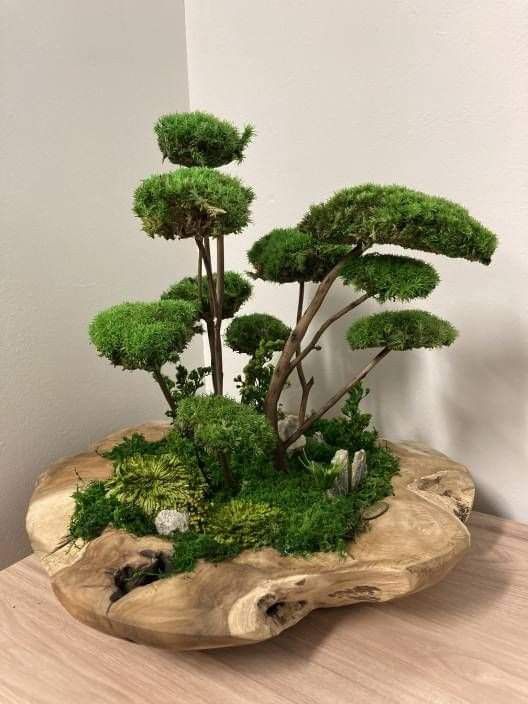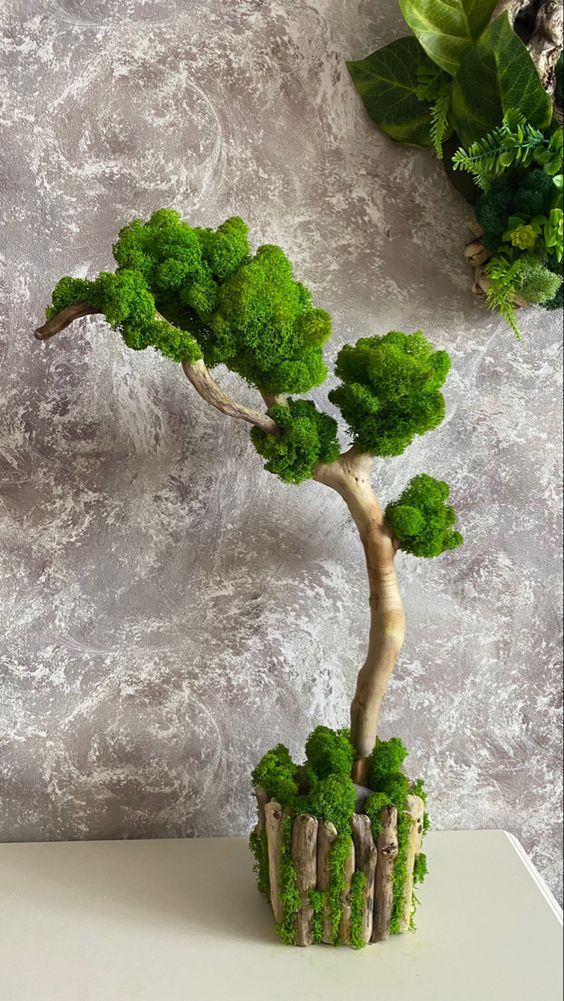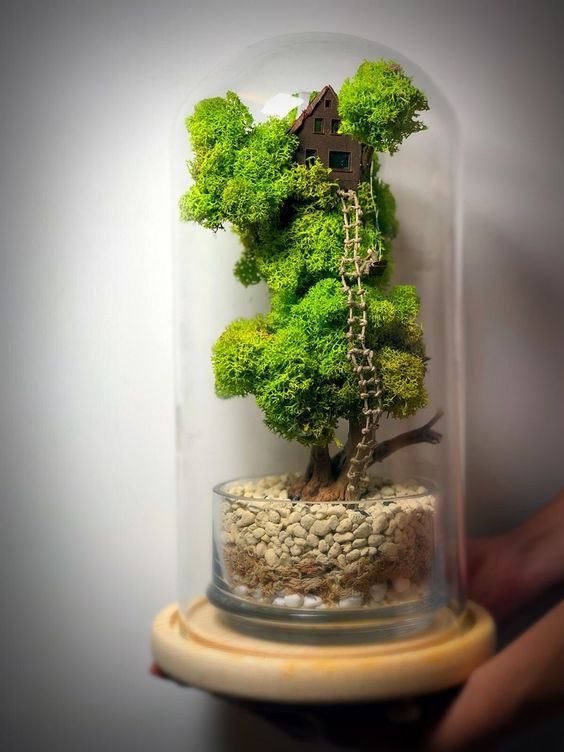In the world of gardening and home décor, few practices embody the harmonious blend of art and nature quite like the ancient art of bonsai. Originating in China over a thousand years ago before finding its true expression in Japan, bonsai involves the careful cultivation and shaping of miniature trees to create living works of art. These small yet majestic green wonders have captivated enthusiasts around the world, offering a unique and timeless way to bring the beauty of nature into the home.

At the heart of bonsai lies the concept of “Wabi-sabi,” a Japanese aesthetic philosophy that celebrates imperfection, impermanence, and the beauty of things modest and humble. Bonsai trees, with their weathered trunks, twisted branches, and asymmetrical forms, embody this philosophy, inviting contemplation and appreciation of the passage of time and the cycle of life.
Creating a bonsai masterpiece requires patience, skill, and a deep understanding of horticulture. It begins with selecting the perfect specimen, often a young tree or shrub with desirable characteristics such as small leaves, interesting bark, and flexible branches. The tree is then carefully pruned, wired, and shaped over time to achieve the desired aesthetic, with each cut and bend guided by the artist’s vision and intuition.

The art of bonsai extends beyond mere cultivation; it is a form of self-expression and storytelling. Each bonsai tree tells a unique narrative, reflecting the artist’s personality, cultural heritage, and connection to the natural world. Some bonsai are crafted to evoke the serene beauty of a mountain landscape, with rugged cliffs, cascading waterfalls, and windswept trees. Others capture the elegance of a tranquil garden, with graceful curves, delicate flowers, and serene ponds.

Bonsai trees also offer myriad opportunities for personalization and creativity in home décor. Whether displayed on a windowsill, a tabletop, or a dedicated bonsai stand, these miniature masterpieces add a touch of natural elegance and serenity to any space. They can be complemented with traditional Japanese accents such as bonsai pots, rocks, and miniature figurines, or integrated into modern minimalist interiors for a sleek and contemporary look.
Furthermore, caring for a bonsai tree is a meditative and rewarding practice, offering moments of quiet reflection and connection with nature. Regular watering, pruning, and repotting become rituals of mindfulness, fostering a sense of stewardship and appreciation for the delicate balance of life.


In conclusion, the art of bonsai represents a timeless fusion of nature and culture, offering a profound way to connect with the beauty of the natural world and enrich the home environment. Whether admired for their artistic beauty, cherished for their symbolic significance, or enjoyed for their meditative qualities, bonsai trees continue to inspire and captivate enthusiasts of all ages, inviting us to slow down, savor the moment, and cultivate our own green masterpiece.





